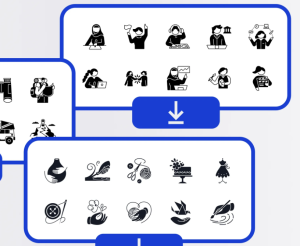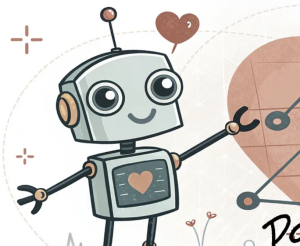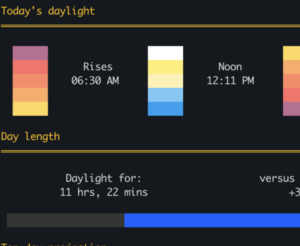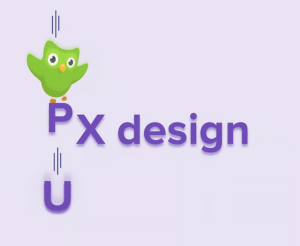Best Free Thick Cursive Fonts for 2025
Struggling to find bold, elegant fonts that stand out? Whether you’re a graphic designer, entrepreneur, or hobbyist, choosing the right thick cursive font can make or break your project. Thick script fonts—with their chunky strokes and fluid curves—are perfect for logos, wedding invitations, social media graphics, and branding. Yet, sifting through thousands of free options is time-consuming and frustrating.












